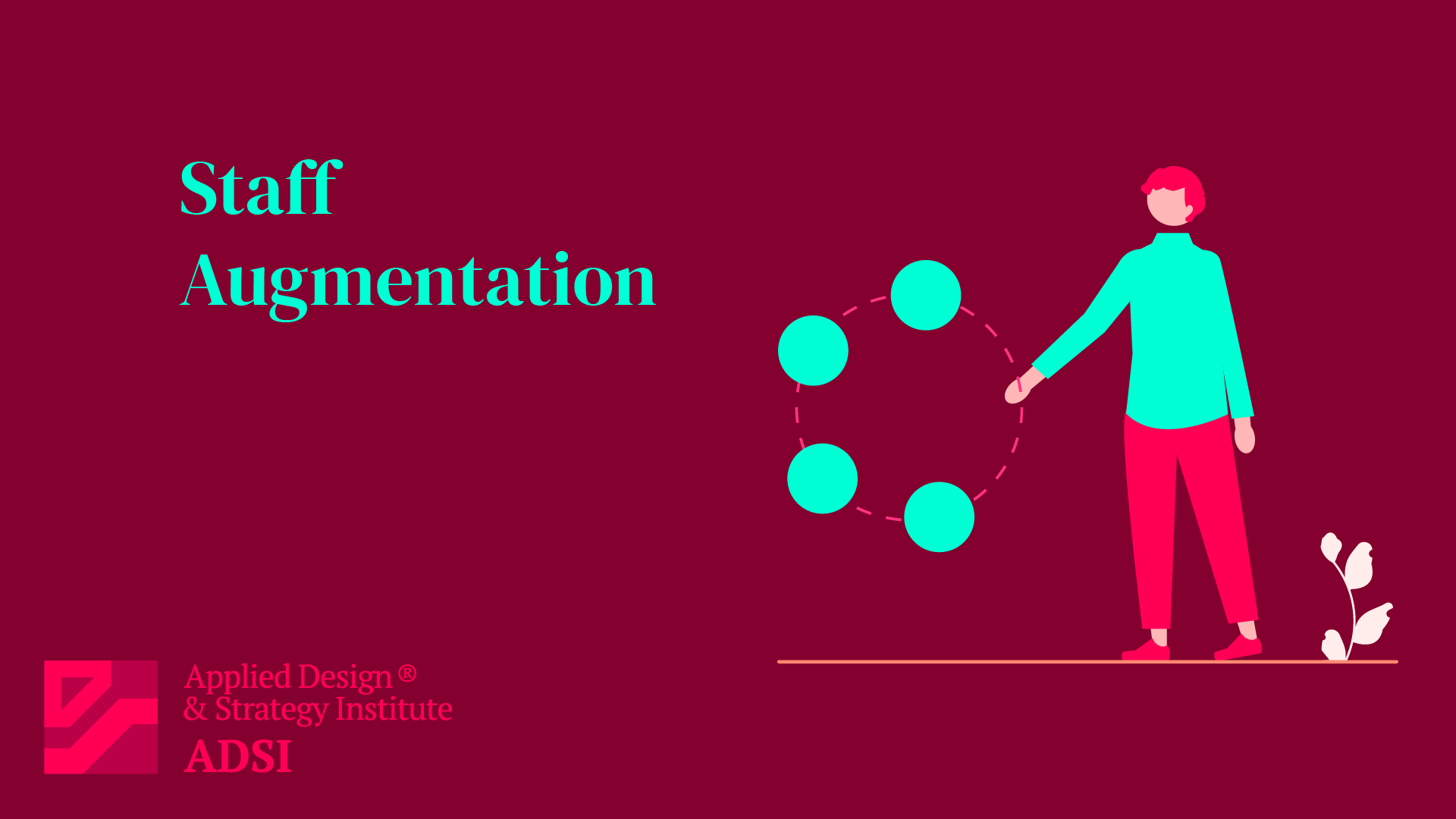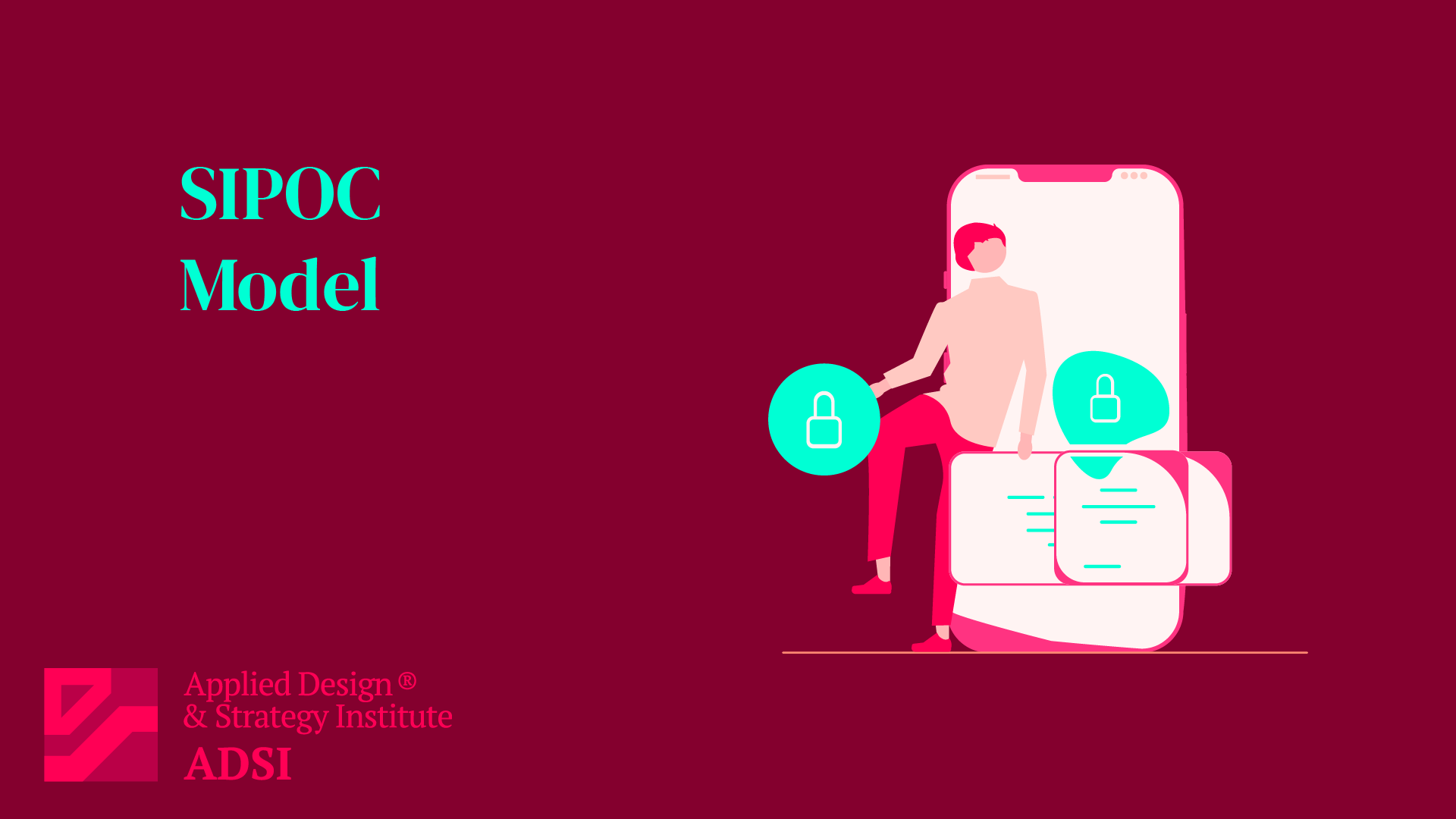Stakeholder Divas
Introduction “Stakeholder Divas” refers to stakeholders within an organization or project who exhibit high-maintenance, attention-seeking behavior. They are often characterized by a strong desire for recognition and influence, which can impact team dynamics and project management. Characteristics of Stakeholder Divas
Stakeholder Careerists
Introduction “Stakeholder Careerists” refers to a specific group of stakeholders within an organization whose primary focus is on advancing their own careers. Understanding and managing this group is crucial for organizational leaders, as their actions and motivations can significantly impact organizational dynamics
Stakeholder Bazooka
Introduction The term “Stakeholder Bazooka” is not widely recognized as a standard business or management concept in mainstream literature. It appears to be a niche or less commonly used term, possibly referring to a strategy or approach dealing with stakeholders in a business context. Given the lack of standard defi
Staff Augmentation
Introduction Staff Augmentation is a flexible outsourcing strategy that enables businesses to hire skilled professionals on a temporary basis to meet specific business objectives. This approach allows companies to add staff to their teams based on the additional skills required, without the overhead associated with permanent hir
Solution Selling
Introduction Solution Selling is a sales methodology developed by Michael Bosworth in the 1980s. It focuses on addressing a customer’s pain point through a consultative approach, rather than just selling a product. This method is about identifying and understanding the customer’s problem and then offering the best so
SOAR Analysis
Introduction SOAR Analysis is a strategic planning tool that focuses on an organization’s strengths and potential rather than its deficiencies. It stands for Strengths, Opportunities, Aspirations, and Results. Developed as a positive counterpart to SWOT analysis, SOAR encourages organizations to build on what they do well
SMART Goals
Introduction SMART Goals is a framework for setting clear, achievable objectives. The acronym SMART stands for Specific, Measurable, Achievable, Relevant, and Time-bound. Developed in the early 1980s, this framework helps in creating effective and actionable goals. Components of SMART Goals Application in Various Settings SMART
Size Instinct
Introduction The “Size Instinct” is a term popularized by Hans Rosling in his book “Factfulness.” It refers to the tendency of people to misjudge the size or scale of a problem or phenomenon, often due to a lack of context or perspective. In organizational and business contexts, understanding and overcomi
Six Sigma
Introduction Six Sigma is a set of techniques and tools for process improvement, developed by Motorola in 1986. It seeks to improve the quality of process outputs by identifying and removing the causes of defects and minimizing variability in manufacturing and business processes. Key Concepts Principles of Six Sigma Application
SIPOC Model
Introduction SIPOC, an acronym for Suppliers, Inputs, Process, Outputs, and Customers, is a tool used in process improvement and Six Sigma methodologies. It helps in visually documenting a process from beginning to end, providing a high-level overview that is essential for process analysis and optimization. Components of the SIP











